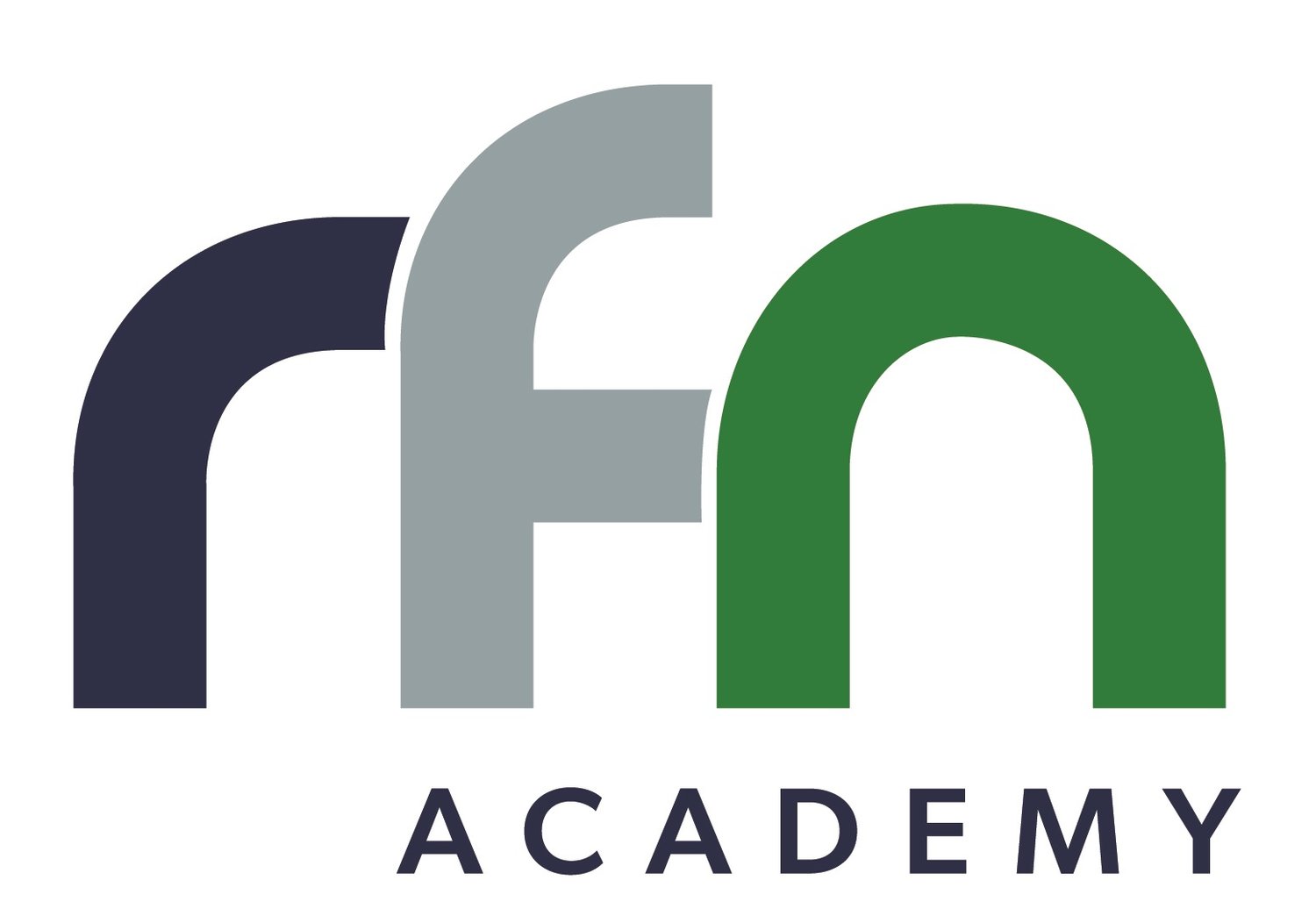building a diverse and inclusive workplace
“To reject diversity because it creates tension and complexity is to make a decision not to grow and flourish” (7).
Twenty-five years ago, give or take, Felicia Johnson found herself in a Texas flea market, holding a copy of Building a House for Diversity by R. Roosevelt Thomas, Jr. Despite not yet having worked formally in the field of diversity, she made the purchase. Fast-forward to 2022, Felicia maintains it changed her life.
When asked why she thought this book was so impactful, Felicia reflected saying, “After many years of working formally in DE&I, I’ve seen and experienced how every facet of an organization – recruiting, retention, marketing, outreach, CSR strategy, etc. – is tied to its diversity and inclusion efforts. But back when I first read it, I didn’t know any of that. It made understanding the correlation between diversity and management accessible in a way I think is still, over 20 years later, very compelling.”
By way of a simple fable, Roosevelt aims to help business leaders understand, navigate and reap the rewards of diversity in the workplace. He challenges the common belief that diversity refers to the “other” – the person or people who deviate from the norm – in the “main” versus “other” dyad. Boiled down, it is majority vs. minority, us vs. them. Without the “other” present, diversity is absent.
Instead, he characterizes diversity as the “total collective mixture” of everyone which is “a complex and ever-changing blend of attributes, behaviors, and talents” (6). By this definition, we are all diverse and contribute to diversity by virtue of our unique experiences, beliefs and identities.
The book starts off with our introduction to Giraffe and Elephant, two acquaintances looking to become friends. Giraffe invites Elephant into his home for a visit, but things quickly go sideways. Elephant doesn’t fit through the tall and narrow doors. He can’t make it up the stairs because they won’t accommodate his weight and the rooms are too small for him to move around comfortably.
Giraffe’s house isn’t built to accommodate non-giraffe bodies in the same way so many companies are not structured to successfully accommodate diversity (and inclusion). According to Roosevelt, this fable parallels three common ways businesses typically deal with diversity: “affirmative action, understanding differences, and diversity management” (6).
When Elephant cannot enter Giraffe’s home, Giraffe removes a portion of the door to accommodate him. This is affirmative action. We watch Giraffe and Elephant grapple with the realization they have undeniable differences dictating how they navigate space. This is understanding differences. Before Elephant, Giraffe never had to consider how non-giraffe’s might interact with his space. At a loss, Giraffe suggests a few ways Elephant should try to change himself to better fit into the home. Naturally, Elephant is resistant to the idea and believes the house should be modified instead. This is diversity management.
But in isolation, these approaches are not enough. Roosevelt draws attention to the limitations of Giraffe and Elephant’s diversity management skills. Without proper training, their relationship is likely to crumble under the pressure their combined diversity presents. Despite a shared desire to coexist, they simply aren’t equipped to do so successfully.
This fable does a wonderful job of illustrating structural inequality and how it often exists from a lack of awareness or know-how (rather than malice). Roosevelt tells us, “Diversity tension is inevitable. Wherever different perspectives are found, tension will exist. It is not a question of being at fault. It is not the same thing as conflict, and it is not invariably negative, but it is invariably present” (7).
For small and large companies, alike, effective diversity management requires intention, training and strategy – referred to as diversity effectiveness. It is the difference between good intentions and concerted action. More specifically, the action of head giraffes.
Let’s rewind. In the fable, there is a key difference between Giraffe and Elephant, namely, who owns the house. Giraffe represents the majority while Elephant represents the minority. Though both are present in the diversity mixture, they do not have equal power. What Giraffe fails to realize, is that Elephant’s body isn’t why they’re relationship is strained, the house is. Elephant cannot successfully navigate Giraffe’s home because it is structurally impossible.
Giraffes – the majority – “are who decide where the organization will go and how it will get there… it is they who decide the culture that exists inside the house” (29). It follows then, that the ones most in charge – the CEOs and business owners, managers and leaders – are the head giraffes with the most sway over the organization and its (diversity) policies.
We’re living in a time where being vulnerable, admitting we don’t have all the answers and possessing a willingness to evolve is a key indicator of success. Building a House for Diversity is chock full of valuable insights for leaders looking to better manage diversity in the workplace and although it was published in 1999, many of these lessons are as relevant today as they were then. In sum, “To manage diversity effectively is to remain open to learning and to act on what has been learned” (36).
Felicia Johnson is the Founder and Managing Director of The Gatson Group, a diversity and inclusion consulting firm offering certified diversity training and strategic consulting. She believes everyone, especially head giraffes, should walk away from this book with an understanding that learning is a continuous, ongoing process. In her words, “you don’t get to put a period at the end of this sentence.”
